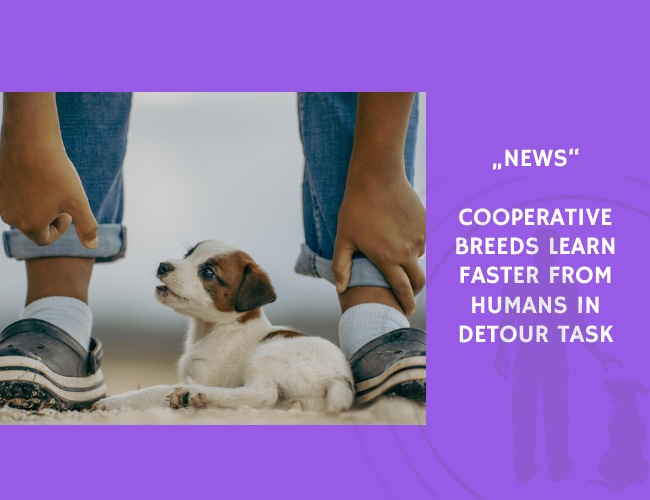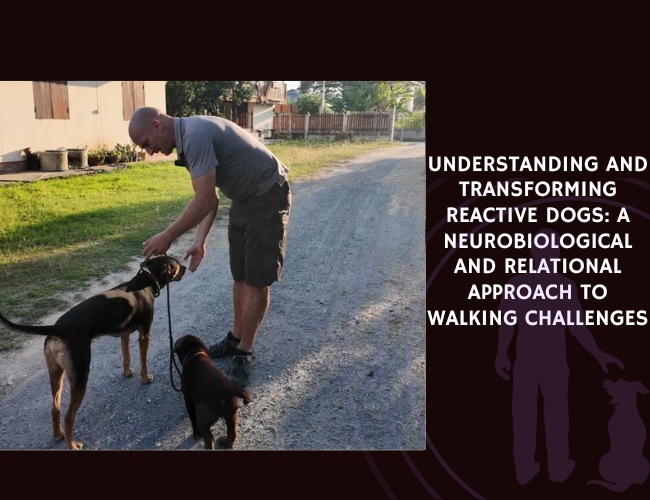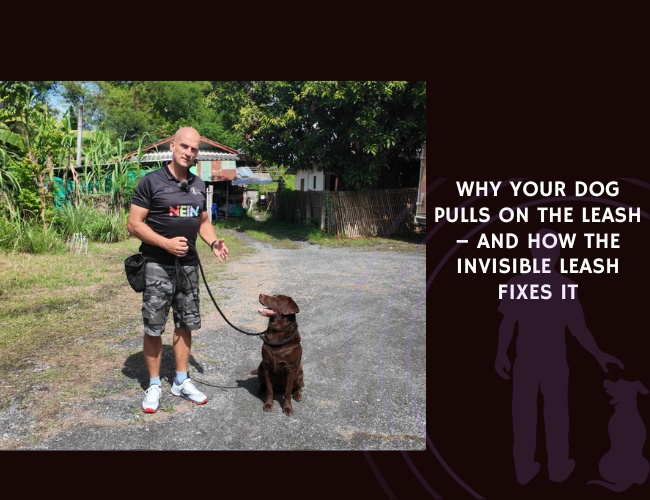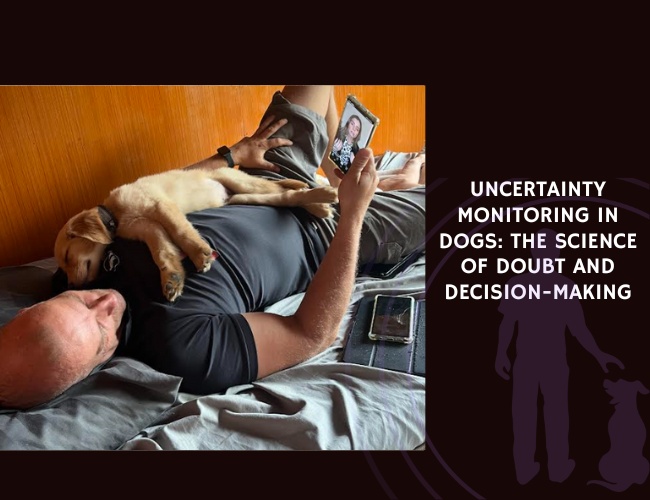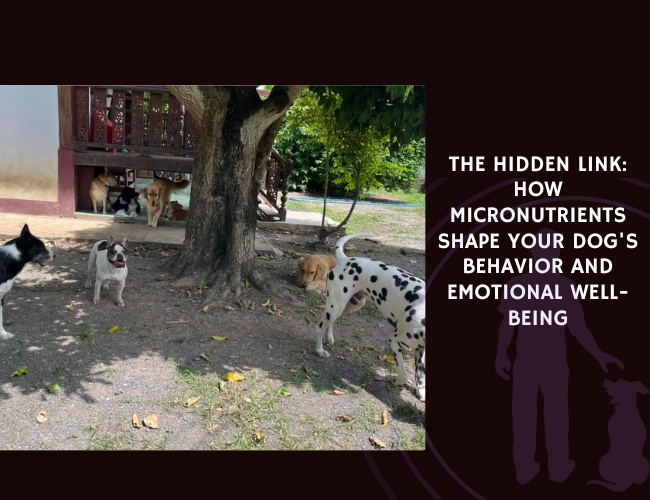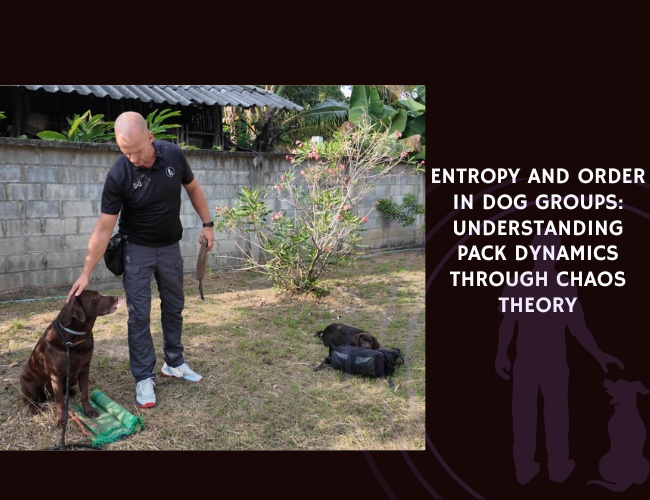Understanding how dogs learn from humans sheds light on the roots of dog–human cooperation. In this experiment, Dobos and Pongrácz tested 78 dogs representing 16 cooperative breeds and 18 independent breeds. Each dog faced a V-shaped wire mesh fence, with the goal of retrieving a hidden reward through a detour.
When given a human demonstration, cooperative breeds improved their detour times across repeated trials. In contrast, independent breeds did not show faster improvement, indicating limited benefit from observing humans. This distinction suggests that functional breed selection—whether a breed was historically selected for close human cooperation or more autonomous tasks—continues to influence modern dogs’ capacity for social learning.
The results also rule out explanations based on training level or environment, since both cooperative and independent groups contained a wide range of breeds with varying experiences. Instead, the findings highlight how selective breeding has shaped dogs’ inherent willingness to pay attention to human behavior, influencing their adaptability in everyday interactions.
This research provides fresh insight into how different breeds may approach problem-solving with or without human input, offering practical implications for training strategies and strengthening our understanding of the deep evolutionary partnership between dogs and people.
Source: Dobos, P., & Pongrácz, P. (2023). Would You Detour with Me? Association between Functional Breed Selection and Social Learning in Dogs Sheds Light on Elements of Dog–Human Cooperation. Animals, 13. Publication Date: June 1, 2023. References: 67. Citations: 20.

